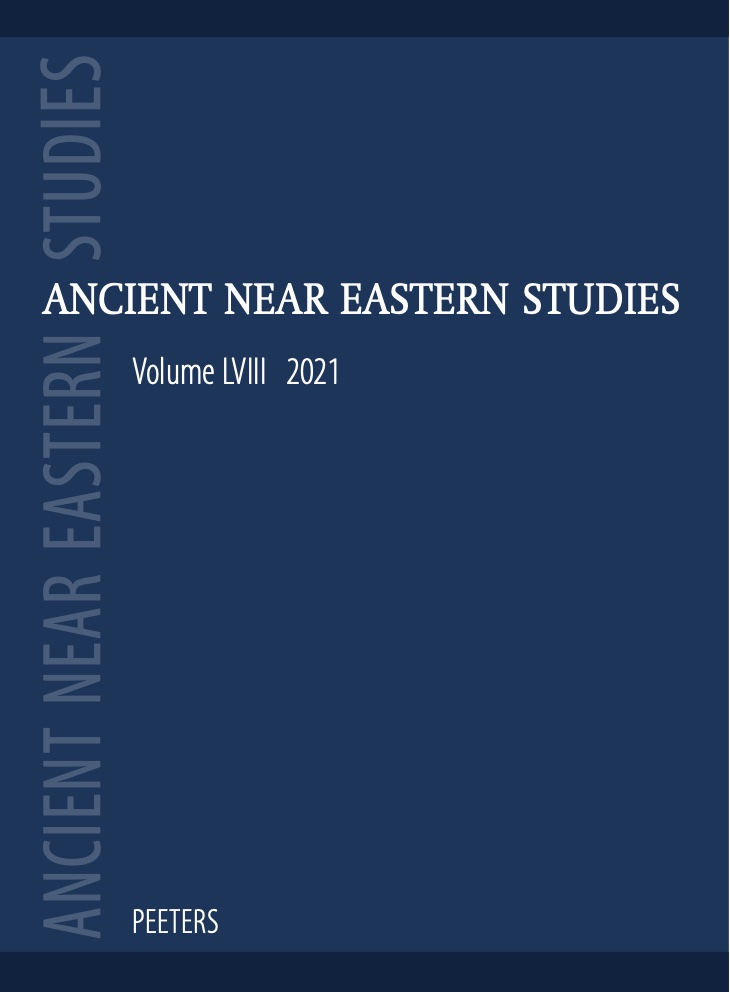 previous article in this issue previous article in this issue | next article in this issue  |

|
Document Details : Title: The Kingdom of Arpad (Bīt Agūsi) and 'All Aram' Subtitle: International Relations in Northern Syria in the Ninth and Eighth Centuries BCE Author(s): KHAN, Dan'el Journal: Ancient Near Eastern Studies Volume: 44 Date: 2007 Pages: 66-89 DOI: 10.2143/ANES.44.0.2022826 Abstract : The role of Bīt Agūsi in the politics of ninth–eighth centuries BCE in Northern Syria is surveyed. Seven stages in the existence of the Kingdom of Bīt Agūsi are identified. In stage 1 (858–ca. 842 BCE) Bīt Agūsi apparently had no political alliances with its neighbors. In stage 2 (841– 823 BCE) Bīt Agūsi was subjugated to Assyria. In stage 3 Bīt Agūsi led the opposition against the Assyrian hegemony and became independent from ca. 823 at the earliest. Stage 4 is characterized by the supremacy of Aram-Damascus between 823 at the earliest and 805 at the latest. In Stage 5 (ca.800–754 BCE) the rise of the Kingdom of Hamath-and- Lu‘ash in the south until 754 BCE and of Urartu in the North are surveyed. In stage 6 (754–744 BCE) Bīt Agūsi rose to prominence and probably controlled Hamath. In stage 7 (743–740 BCE) Assyria subdued Bīt Agūsi, and reduced it into an Assyrian province. |
|
